Rising Health Awareness
The increasing awareness regarding hygiene and sanitation is a pivotal driver for the Sanitary Metal Ware Market. Consumers are becoming more conscious of the importance of maintaining cleanliness in their living and working environments. This trend is reflected in the growing demand for sanitary metal products, which are perceived as more hygienic compared to alternatives. According to recent data, the market for sanitary metal ware is projected to grow at a compound annual growth rate of approximately 5.2% over the next five years. This growth is largely attributed to heightened health standards in both residential and commercial sectors, where the emphasis on sanitation is paramount. As a result, manufacturers are innovating to meet these demands, leading to an expansion in product offerings within the Sanitary Metal Ware Market.
Government Regulations and Standards
Government regulations and standards play a crucial role in shaping the Sanitary Metal Ware Market. Many countries have implemented stringent regulations aimed at improving public health and safety, which directly influences the demand for sanitary metal products. Compliance with these regulations often necessitates the use of high-quality materials and manufacturing processes, thereby driving innovation within the industry. For instance, the introduction of new standards for water quality and waste management has led to an increased focus on durable and corrosion-resistant materials in sanitary metal ware. This regulatory environment not only ensures consumer safety but also fosters competition among manufacturers to develop compliant products, thereby enhancing the overall market landscape. The Sanitary Metal Ware Market is thus likely to see sustained growth as companies adapt to these evolving standards.
Sustainability and Eco-Friendly Practices
Sustainability and eco-friendly practices are emerging as vital drivers in the Sanitary Metal Ware Market. With growing concerns about environmental impact, consumers and businesses alike are seeking products that align with sustainable practices. Manufacturers are responding by adopting eco-friendly materials and production methods, which not only reduce waste but also enhance the appeal of their products. The use of recyclable metals and sustainable sourcing is becoming increasingly common, as companies strive to meet consumer expectations for environmentally responsible products. This shift is reflected in market trends, where eco-friendly sanitary metal ware is gaining traction among environmentally conscious consumers. As sustainability becomes a key consideration in purchasing decisions, the Sanitary Metal Ware Market is likely to experience a surge in demand for products that prioritize both functionality and environmental stewardship.
Technological Advancements in Manufacturing
Technological advancements in manufacturing processes are transforming the Sanitary Metal Ware Market. Innovations such as automation, 3D printing, and advanced materials are enabling manufacturers to produce high-quality sanitary metal products more efficiently and cost-effectively. These technologies not only enhance production capabilities but also allow for greater customization and precision in product design. For instance, the integration of smart technologies into sanitary ware is becoming increasingly popular, offering features such as touchless operation and integrated sensors. This shift towards technologically advanced products is likely to attract a broader consumer base, particularly among tech-savvy individuals and businesses. As a result, the Sanitary Metal Ware Market is poised for growth, driven by the demand for innovative and high-performance sanitary solutions.
Urbanization and Infrastructure Development
Urbanization and infrastructure development are significant factors propelling the Sanitary Metal Ware Market. As urban populations continue to swell, there is a corresponding increase in the demand for sanitary facilities in residential, commercial, and public spaces. This trend is particularly evident in developing regions, where rapid urbanization is leading to substantial investments in infrastructure. According to industry reports, the demand for sanitary metal ware is expected to rise in tandem with these developments, as new buildings and renovations require modern, durable, and aesthetically pleasing sanitary solutions. Furthermore, the push for smart cities and sustainable urban planning is likely to enhance the appeal of sanitary metal products, which are often favored for their longevity and recyclability. Consequently, the Sanitary Metal Ware Market stands to benefit from these ongoing urbanization trends.


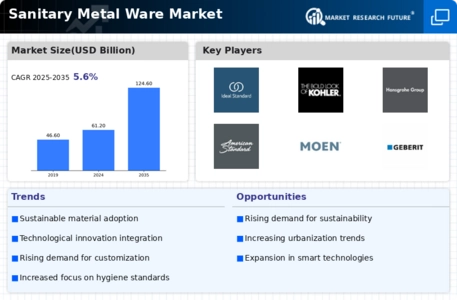
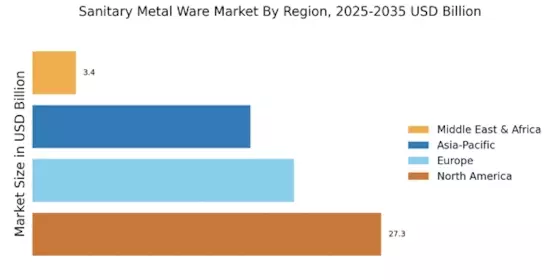
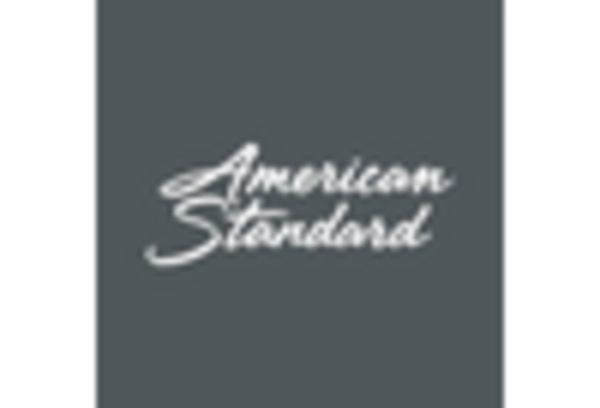
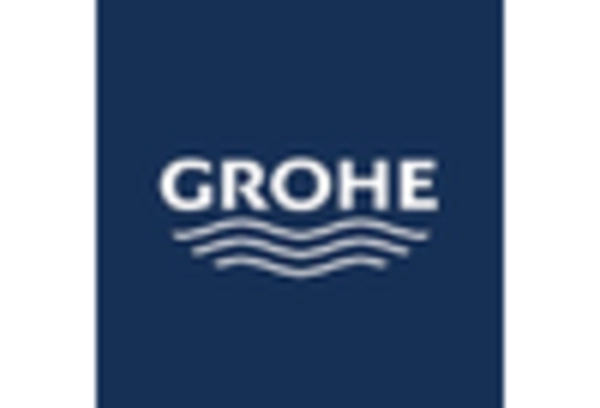
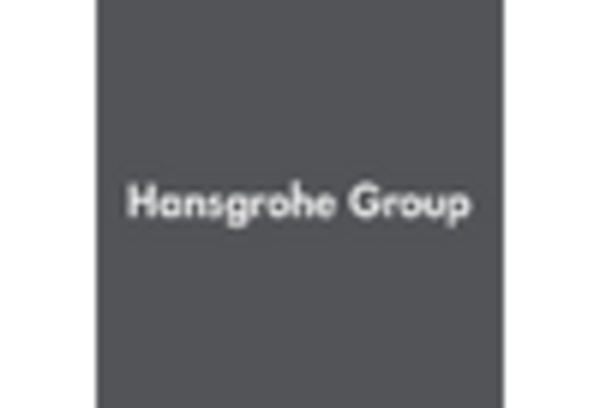

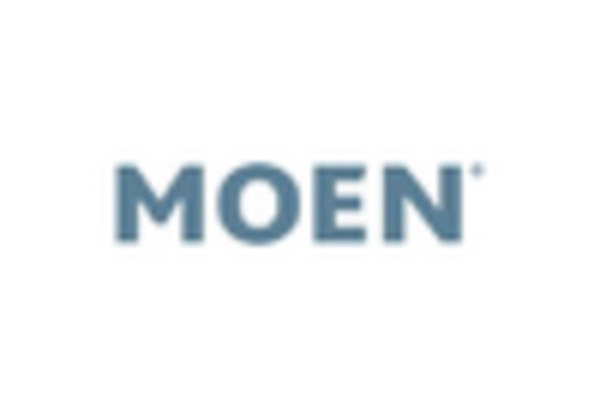
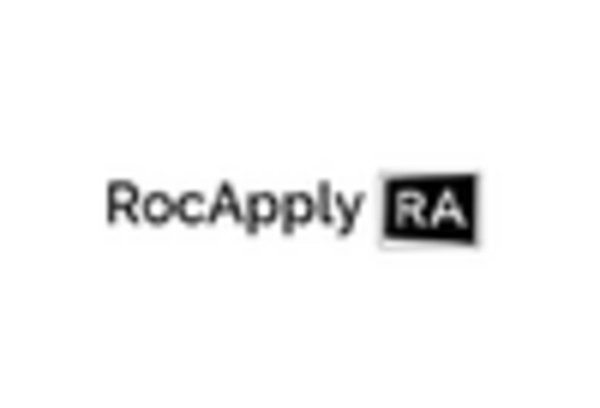








Leave a Comment